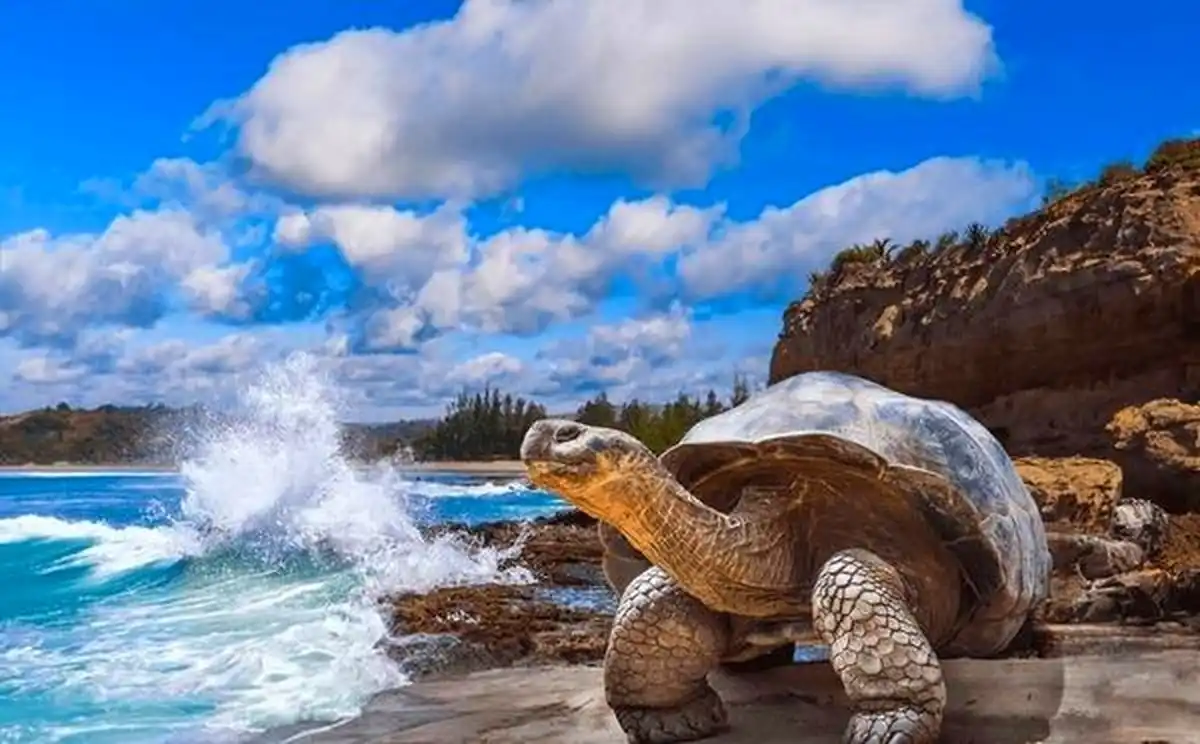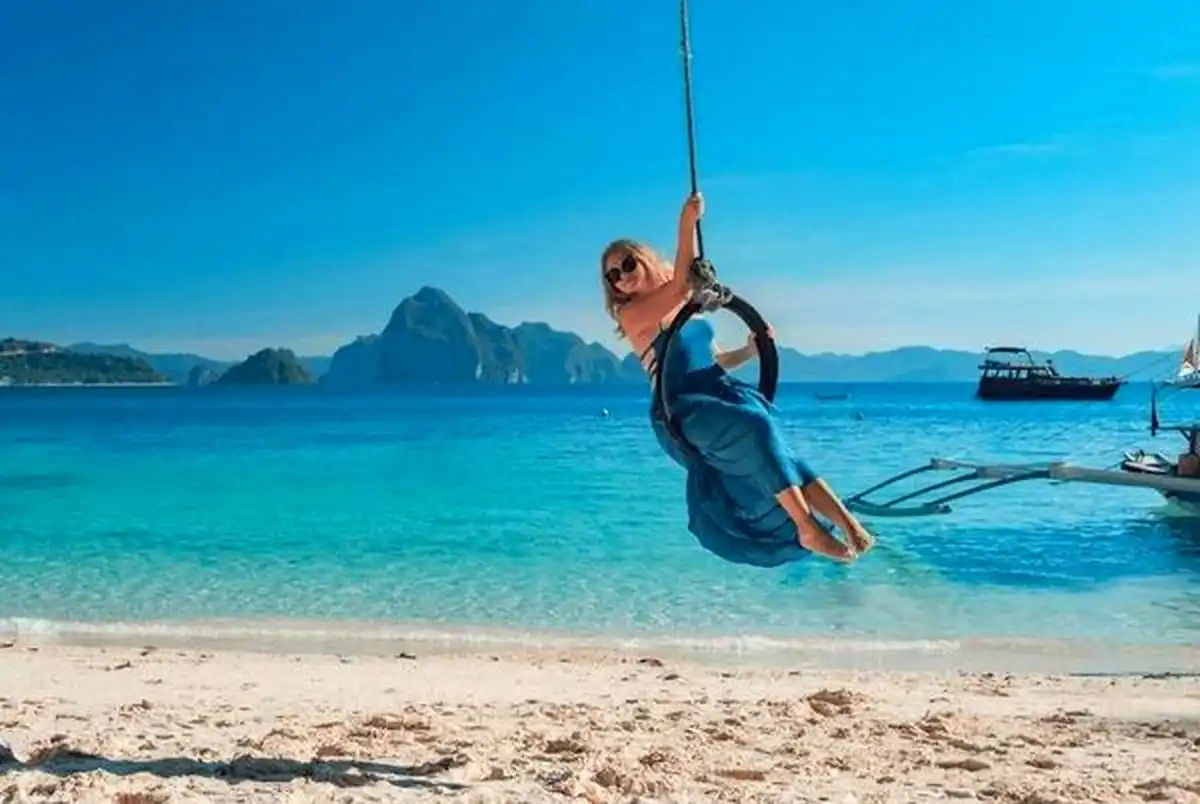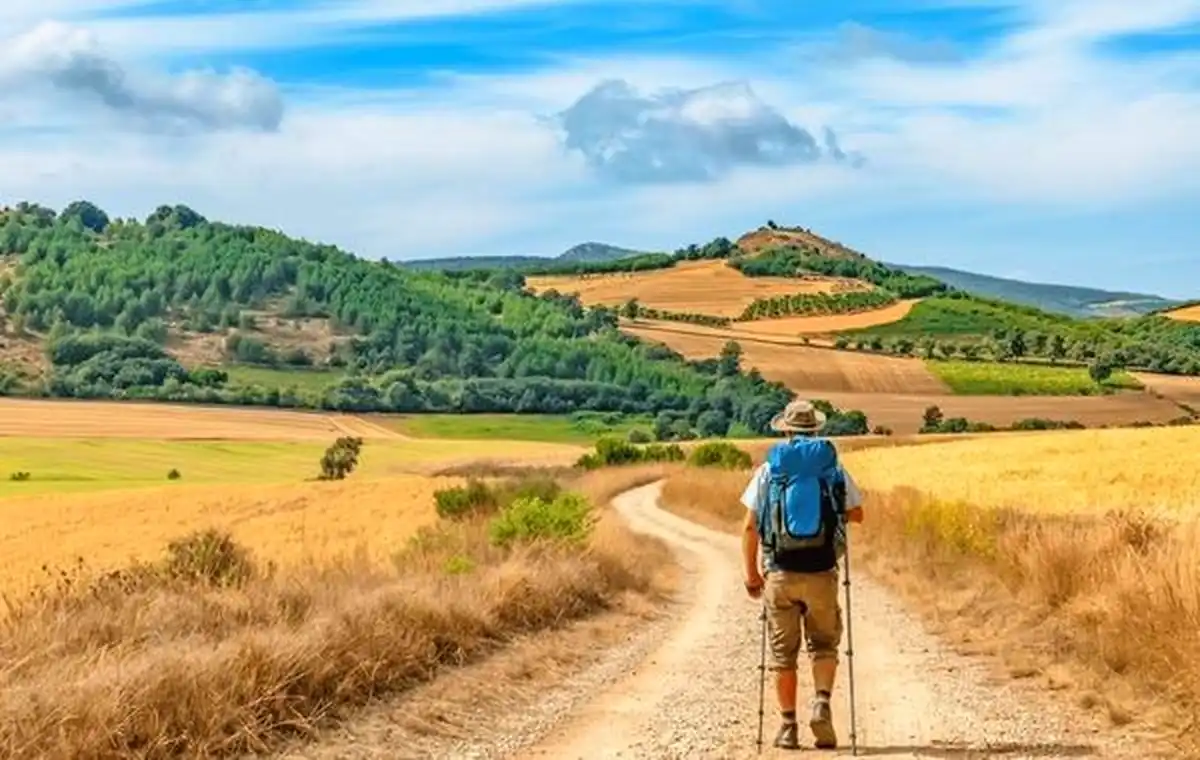
Family-Friendly Ski Resorts: Where to Go and What to Do
Brian Garrity - Mar 19, 2025 - 24 min read


While you can visit the Galapagos Islands all year long, the best time will depend on your interests and preferences. For example, if you're interested in a good spot for wildlife such as the waved albatross and sea lions to be active, you will want to come between the months of December and May when the waters are relatively warm. Alternatively, those who prefer snorkeling or diving will enjoy the view better during the cooler months from June to November.
One will land in either Baltra Island or San Cristobal Island of the Galapagos Islands. There are a number of options that fly from Quito or Guayaquil, several airlines flying on a daily basis. It is advisable to book these flights well in advance when traveling during peak season. Upon arrival, a national park fee should be paid, and cursory inspection would take place to ensure that you do not introduce invasive species onto the islands.
For packing for the Galapagos Islands, consider the activities you've planned. You will absolutely want lightweight and breathable clothing along with sturdy hiking shoes if you're going to hike across rough terrain. Sunscreen and insect repellent also won't hurt, along with a refillable bottle so you can stay hydrated as you hike around. If you plan on snorkeling or scuba diving, bring your own equipment if possible; rentals are frequently limited, and the quality is all over the place.
There is accommodation on the Galapagos Islands to suit all budgets: from hostel to luxury eco-lodges, sure to be something for all travelers. For the inhabited islands such as Santa Cruz, San Cristobal, and Isabela, many options exist for hotels, guesthouses, or vacation rentals. For a better immergence, it is always possible to spend the night at one of the more environmentally friendly lodges in the boundaries of the national park, amidst pristine nature and wildlife.
One of the largest draws to the Galapagos Islands is their incredible diversity of wildlife. In fact, most of what is seen nowhere else in the world. From famous species such as the tortoise and the marine iguana to the hard-to-find penguin of the Galapagos or the blue-footed booby, there is a wide variety of interesting wildlife to be encountered. Every day is a different experience, whether you explore the landscape on Fernandina or snorkel alongside sea lions in Floreana- something new for unforgettable wild experiences.
Outdoor activities offered by this group of islands include plentiful options for all adventure ages to enjoy, ranging from various wildlife viewing options to thrilling trekking trails to the greatest scenic views and lava tubes in secluded beaches with aquatic marine life. Snorkeling and diving enthusiasts will love exploring the crystal-clear waters surrounding the islands, where colorful coral reefs, playful sea lions, and graceful sea turtles await. Kayaking, surfing, and paddleboarding are also popular activities, providing unique perspectives of the islands' diverse ecosystems.
While the Galapagos Islands are primarily known for their natural beauty and wildlife, they also boast a rich cultural heritage shaped by centuries of human presence. Spend time at Charles Darwin Research Station on Santa Cruz Island, learn about conservation, and see giant tortoises. Explore Puerto Ayora, Puerto Baquerizo Moreno, and Puerto Villamil towns; visit the local markets, art galleries, and enjoy the freshness of seafood in your choice of freshly caught ceviche.
The Galapagos Islands are a UNESCO World Heritage Site and have been a national park; thus, they are kept very secure to ensure their uniqueness in ecosystems for posterity. Visitors are always involved in the conservation activities through staying on the track and other rules and regulations, including not touching any wildlife, and proper disposal of wastes. Most of the tour operators and the hotels in the Galapagos are very keen to offer a sustainable experience by cutting their carbon footprint while still enhancing local conservation efforts. Through this, responsible tourism may play a crucial role in conserving this natural gem in the long term.
In general, the Galapagos Islands are a pretty safe destination for travelers; however, there is always much one can do about ensuring health and well-being when visiting. Always carry bottled or purified water. Mosquitoes are your worst enemy. Dengue fever can be caused due to bites of mosquitoes that are breeding nearby. Even after taking sunscreen, the reflection of sun is too hazardous. People may suffer because of its intense rays as well as its burns. Pay attention to your environment, like not swimming out too far into unexplored waters by yourself, and not wandering away from trails when hiking to walk off on your own.
US dollar is the currency, and major places take major credit cards. Be sure to have some cash, which would come in handy when making smaller purchases as well as tipping many of the service staff in a trip, including those that would lead you across the land, and on your boat tour. Major towns like Puerto Ayora and Puerto Baquerizo Moreno have ATMs, where you could cash out, but often they have no cash or a heavy transaction fee. Plan ahead. Prices here are generally higher than the mainland because of this place's inaccessibility. Responsible Tourism
A responsible traveler takes care to reduce his contribution to the fragile ecosystems surrounding the Galapagos Islands, such as avoiding disturbing wild animals by keeping a healthy distance and not feeding nor touching them. Avoid using souvenirs made out of endangered species or any coral. Also, in choosing tour operators and where to stay, prefer those sustainable and conservation-minded. Through careful steps on these shores and nature concerned, the beauty of the Galapagos Islands will certainly stay long after your generations have had their chance.

Brian Garrity - Mar 19, 2025 - 24 min read

Mia Gaitan - Mar 16, 2025 - 10 min read

Mia Gaitan - Mar 8, 2025 - 6 min read

Emily Hazel - Mar 5, 2025 - 13 min read